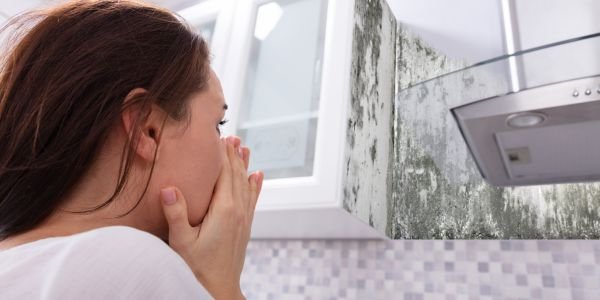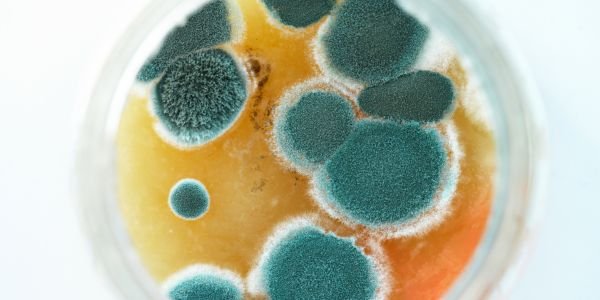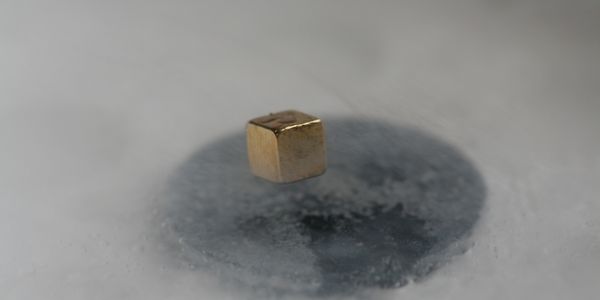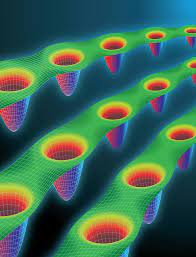Table of Contents
10 Warning Signs of Mold Toxicity
Mold is a type of fungus that grows in damp environments and can produce toxins known as mycotoxins. Prolonged exposure to these toxins, especially in enclosed spaces, can lead to various health problems. It’s essential to recognize the signs of mold toxicity so you can take measures to protect your health.

Following are the ten warning signs of mold toxicity you need to be aware of:
- Respiratory Issues: One of the most common symptoms of mold exposure is respiratory problems. This can include difficulty breathing, wheezing, persistent coughing, and nasal congestion. People with asthma or allergies may notice their symptoms worsen when exposed to mold.
- Chronic Fatigue: If you’re feeling persistently tired despite getting enough sleep, mold exposure might be to blame. The toxins produced by mold can interfere with your body’s systems, leading to feelings of constant fatigue.
- Cognitive Problems: Mold toxicity can affect the brain, leading to issues such as memory problems, difficulty concentrating, and slowed thinking. Some people also report feeling “foggy” or “disoriented” when exposed to mold for extended periods.
- Skin Irritation: Mold spores can cause allergic reactions when they come into contact with the skin. This can result in rashes, itching, redness, or even blisters in more severe cases.
- Eye Irritation: Red, watery, or itchy eyes can be a sign of mold exposure. The spores can irritate the sensitive mucous membranes of the eyes, leading to these symptoms.
- Sinus Congestion and Runny Nose: Mold spores can irritate the nasal passages, leading to a runny nose, sinus congestion, and postnasal drip.
- Migraines and Headaches: Some people may experience severe headaches or migraines due to mold exposure. This can be due to the inflammatory response triggered by mold spores or the toxins they produce.
- Unexplained Muscle or Joint Pain: Mold toxicity can lead to inflammation in the body, which might result in muscle aches or joint pain. If you’re experiencing pain without any apparent cause, consider checking your environment for mold.
- Immune System Suppression: Chronic mold exposure can suppress the immune system, making you more susceptible to infections. If you find yourself getting sick more often than usual, mold might be a contributing factor.
- Mood Fluctuations and Depression: Mold toxins can affect the brain’s neurotransmitters, leading to mood swings, anxiety, and depression. If you notice sudden changes in your mood or mental well-being, and there’s no other apparent cause, mold toxicity could be the culprit.

What to Do if You Suspect Mold Toxicity?
If you believe you’re experiencing symptoms of mold toxicity, it’s essential to consult with a healthcare professional. They can provide guidance on testing and potential treatments. Furthermore, it would be best if you inspected your living or working environment for any signs of mold growth. This could be visible mold patches, a musty odor, or persistent dampness. If mold is found, consider hiring a professional mold remediation company to ensure that it is adequately addressed.

Preventing Mold Growth
The key to preventing mold growth is controlling moisture. Ensure that your home is well-ventilated, fix any leaks promptly, use dehumidifiers in damp areas, and clean and dry any wet areas within 24-48 hours to prevent mold growth. Regularly checking areas prone to mold, like basements, bathrooms, and attics, can also help in early detection.
Mold toxicity can have a significant impact on your health. By being aware of the warning signs and taking preventive measures, you can protect yourself and your loved ones from its harmful effects.
Also, read cuevana
































Comment on “10 Warning Signs of Mold Toxicity to Your Body & Health”
Comments are closed.